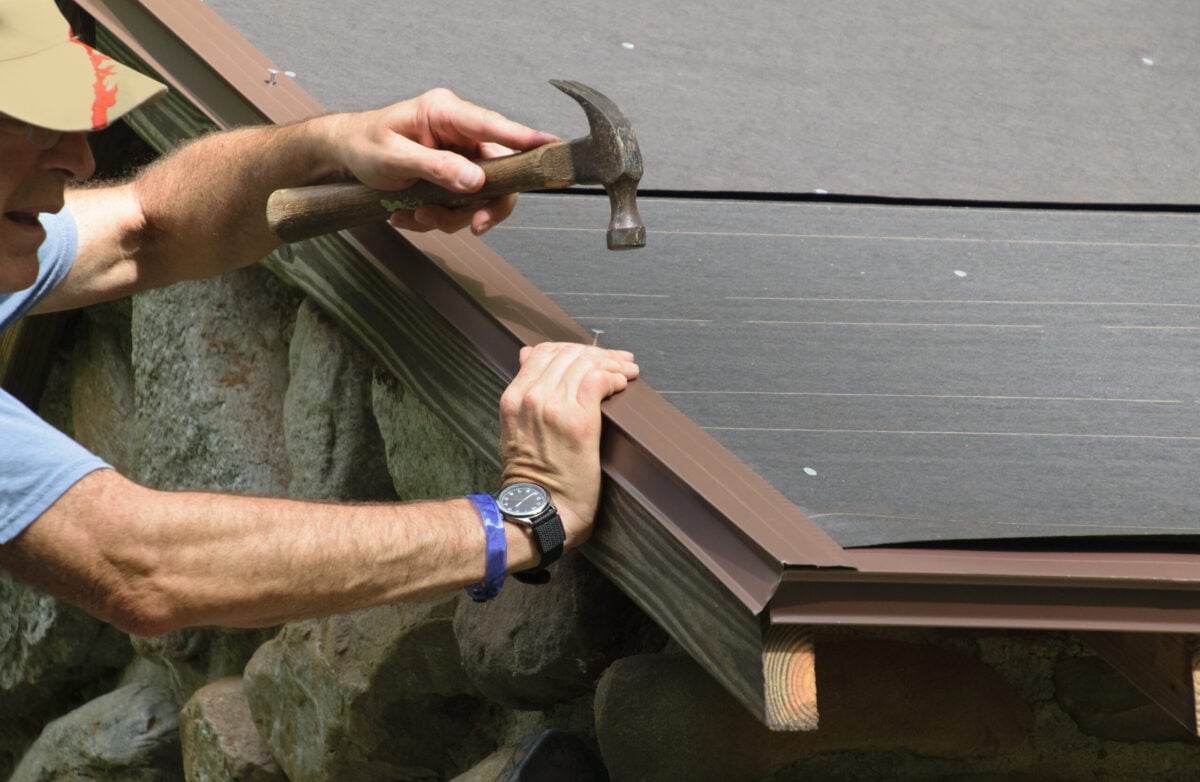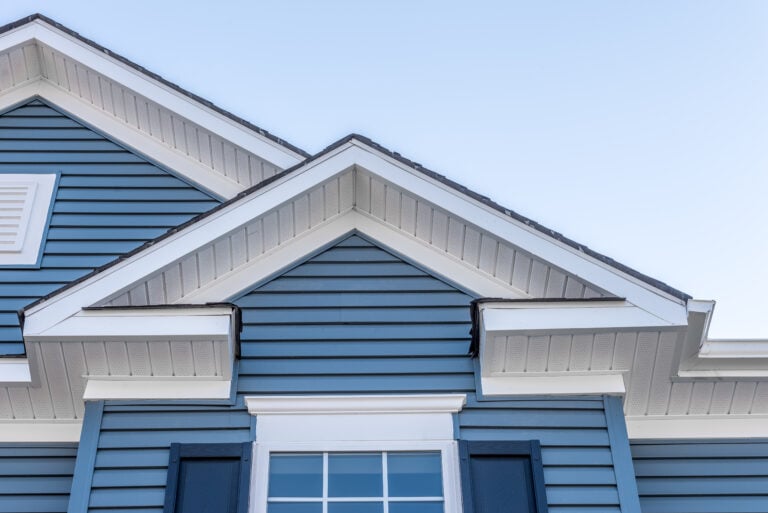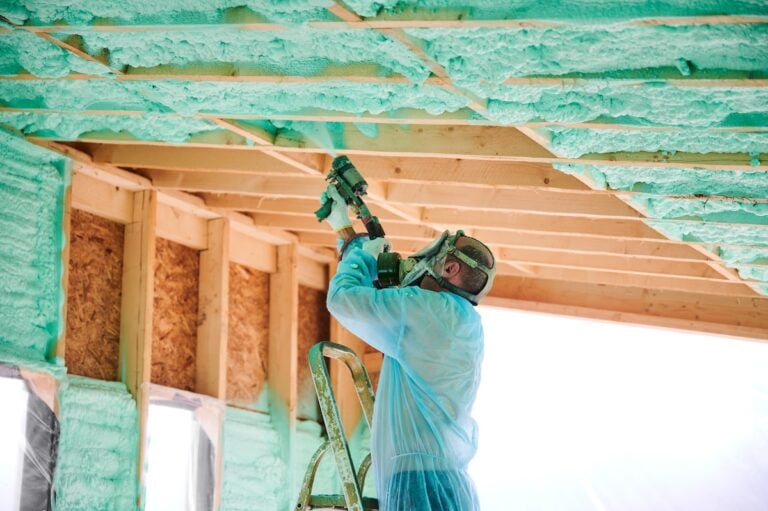Your roof is your home’s first line of defense against the elements. While shingles and underlayment are critical components, smaller, often overlooked parts play a vital role in maintaining its integrity. One such component is the drip edge, a piece of metal flashing that protects the edges of your roof.
Many homeowners don’t realize how crucial this simple addition is until they face water damage along the fascia or in the attic. Installing a drip edge is a small investment that offers significant protection, preventing costly repairs down the road.
This blog will cover:
- Why a drip edge is a non-negotiable part of a healthy roofing system
- The top reasons it’s essential for protecting your roof
- The different types of drip edges available
- How to ensure it’s installed correctly
🛡️ Why a Drip Edge Is So Important
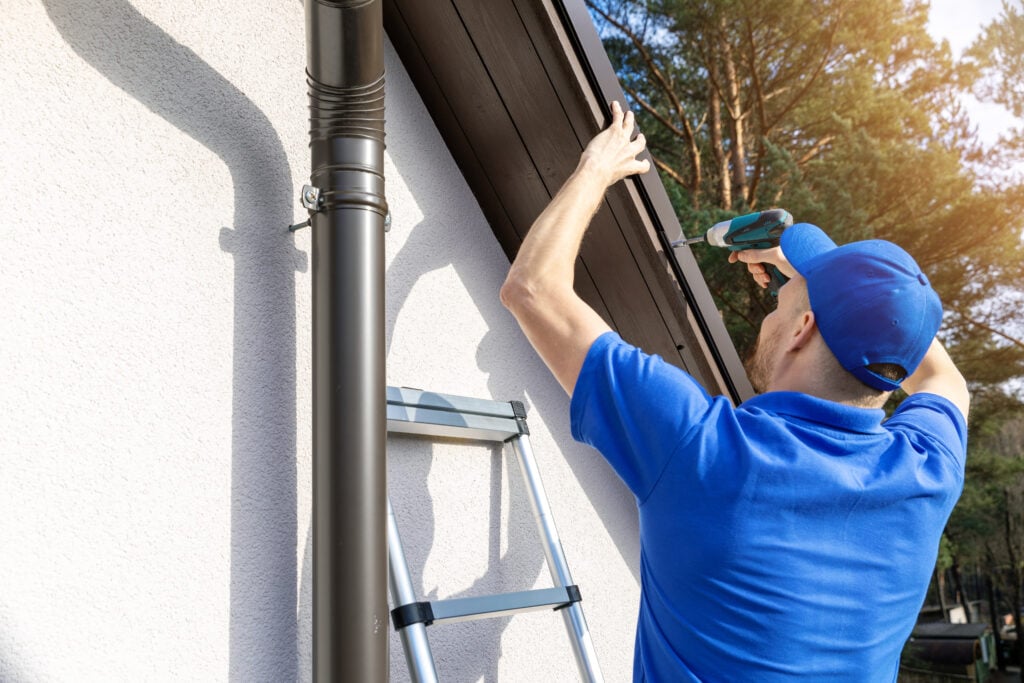
A drip edge is a piece of non-corrosive metal flashing installed at the edge of the roof, specifically along the eaves and rakes. Its primary function is to direct water away from the fascia and prevent it from seeping underneath the roofing components. Without it, water can find its way into the wooden structures of your roof, leading to rot, mold, and structural decay.
Think of it as the final piece of the puzzle for a complete, watertight roofing system. By ensuring water flows directly into the gutters or away from the house, a drip edge maintains the long-term health and performance of your entire roof.
Here are some key benefits:
- Prevents water from getting behind the gutters and rotting the fascia board.
- Protects the underlying roof decking from water damage and rot.
- Helps stabilize the edge of the roof, preventing shingles from drooping or breaking.
- Keeps pests and insects from entering the gap between the fascia and the deck.
- Provides a finished, clean look to the roofline.
👉 5 Reasons Why Drip Edge Is Essential for Roof Protection
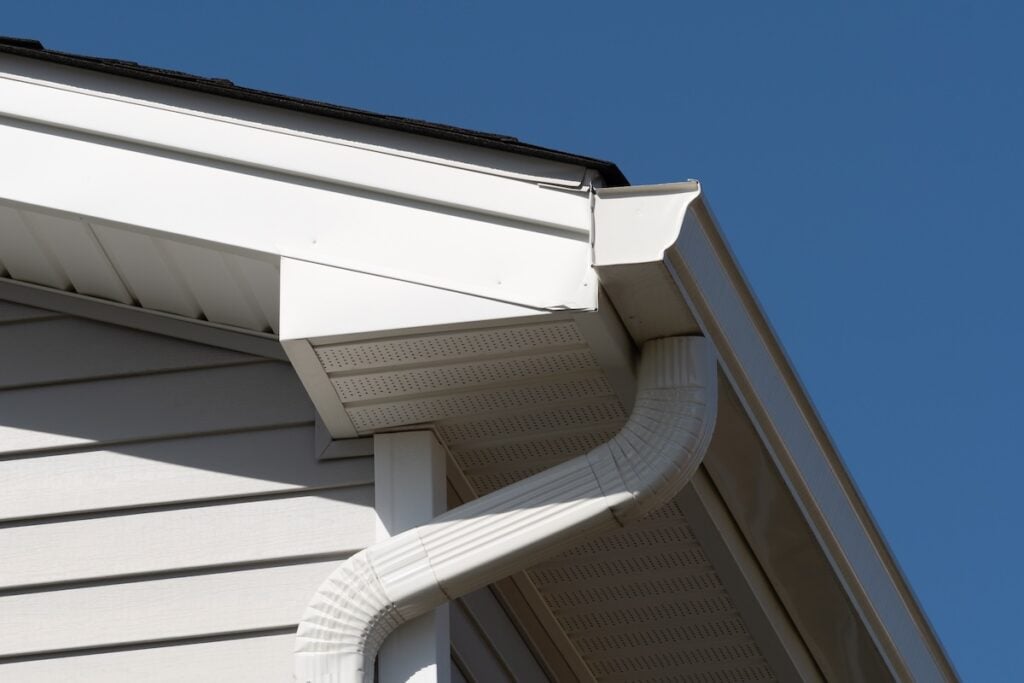
A properly installed drip edge is more than just a finishing touch; it’s a critical component that actively defends your home against various threats. Let’s break down the most important reasons why you shouldn’t skip this essential feature.
1. It Directs Water Away from the Fascia
The primary job of a drip edge is to manage water flow. It creates a clean, extended edge for water to drip from, guiding it into the gutters instead of allowing it to run down the fascia board.
- Preventing Fascia Rot: Without a drip edge, water clings to the edge of the shingles and seeps behind the gutter, soaking the wooden fascia. Over time, this constant moisture exposure leads to rot, decay, and costly repairs.
- Protecting Soffits: By keeping the fascia dry, the drip edge also helps protect the soffits (the underside of the roof overhang), which are also vulnerable to water damage.
2. It Protects the Roof Decking
The roof deck is the wooden foundation that your shingles are attached to. Keeping it dry is essential for the structural integrity of your entire roof.
- Sealing the Gap: A drip edge covers the small gap between the fascia board and the roof deck, preventing wind-driven rain from being forced underneath the shingles at the roof’s edge.
- Avoiding Deck Delamination: Constant moisture can cause the layers of plywood or OSB sheathing to separate, or delaminate, weakening the entire structure. A drip edge is a simple but effective defense against this issue.
3. It Prevents Pest Infestations
Small gaps at the edge of your roof can be an open invitation for insects and small animals looking for a place to nest. A drip edge effectively seals off this potential entry point.
- Blocking Access: The metal flashing closes the space between the decking and the fascia, making it difficult for pests like squirrels, birds, and insects to get into your attic.
- Reducing Nesting Areas: By keeping the area dry, it also makes the roof edge less attractive for insects that thrive in damp wood, such as carpenter ants and termites.
4. It Improves Ice Dam Prevention
In colder climates like New York, ice dams are a common and destructive problem. A drip edge plays a supportive role in preventing them from causing extensive damage.
- Guiding Meltwater: As snow melts on your roof, a drip edge helps ensure the water flows away from the edge properly. This prevents it from refreezing along the eaves and creating an ice dam that backs water up under the shingles.
- Supporting Ice & Water Shield: The drip edge works in conjunction with the ice and water shield (a waterproof membrane) to create a stronger, more resilient barrier against ice damming.
5. It Provides Structural Support for Shingles
The edges of your roof are particularly vulnerable. Shingles that hang too far over the edge without proper support can become brittle and crack over time.
- Strengthening the Overhang: The drip edge provides a solid, straight line that supports the overhanging edge of the first course of shingles, preventing them from drooping or breaking off.
- Ensuring a Clean Roofline: This support also contributes to a clean, aesthetically pleasing roofline, which enhances your home’s curb appeal.
⚙️ Types of Drip Edges and Materials

Not all drip edges are the same. They come in different shapes and materials, and choosing the right one depends on your roof’s design and local climate.
- Hemmed Drip Edge (Type D): This is the most common style, featuring an outward-projecting lower flange. The “hemmed” or bent edge provides extra strength and prevents water from wicking back up under the flashing. It is often required by building codes for its superior performance.
- L-Shaped Drip Edge (Type C): This is a simpler design bent at a 90-degree angle. It is sometimes used on low-slope roofs but is generally less effective at directing water than the hemmed style.
- Gutter Apron (Type F): This type has a longer leading edge and is designed to be used when a drip edge was not originally installed. It can be retrofitted over existing shingles and directs water flow directly into the gutters.
The most common materials for drip edges are:
- Aluminum: Lightweight, corrosion-resistant, and available in a wide range of colors to match your shingles and trim. It is the most popular choice for residential roofing.
- Galvanized Steel: Stronger than aluminum and very durable. It is a good choice for areas that experience high winds or harsh weather. It should be at least 24-gauge for longevity.
- Copper: The most durable and longest-lasting option. Copper is highly resistant to corrosion and adds a beautiful, high-end aesthetic to a home, though it comes at a premium price.
🏠 Secure Your Roof with Professional Installation
While installing a drip edge might seem straightforward, proper placement is key to its effectiveness. It must be integrated correctly with the underlayment and shingles to create a seamless, waterproof barrier.
At Kornerstone Roofing, we understand that a high-quality roof is built on attention to detail. That’s why we ensure every component, including the drip edge, is installed to the highest standards. Protecting your home is our top priority.
If you’re planning a roof replacement or want to ensure your current roof is properly protected, contact us today for a free estimate!
